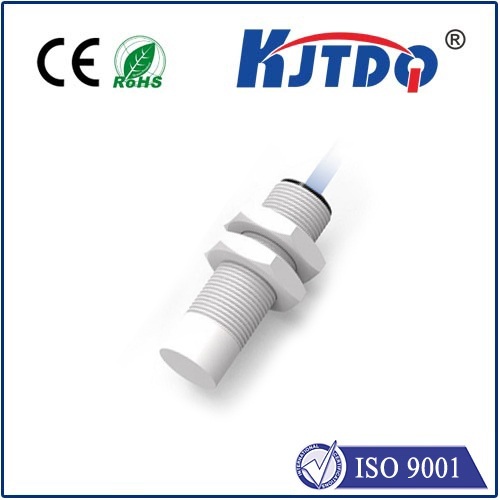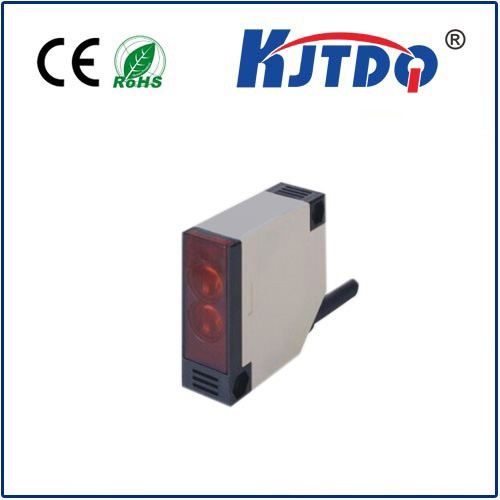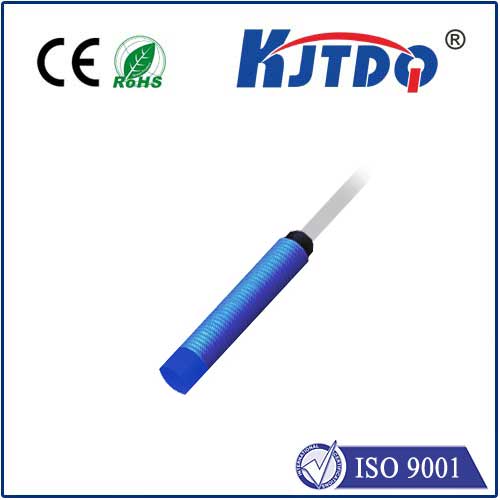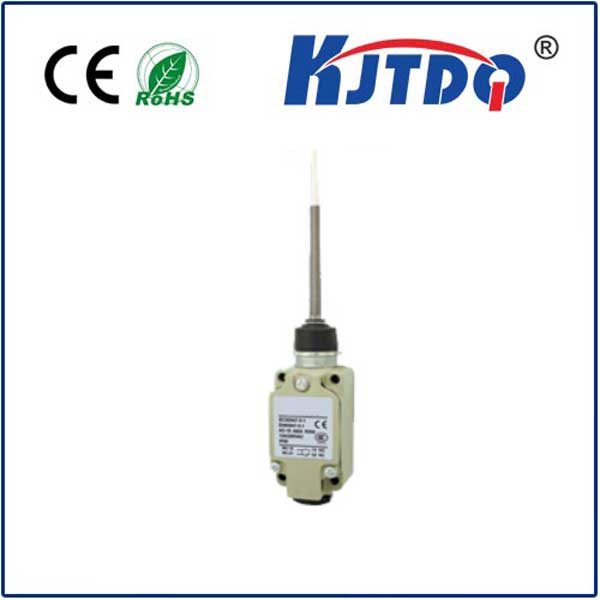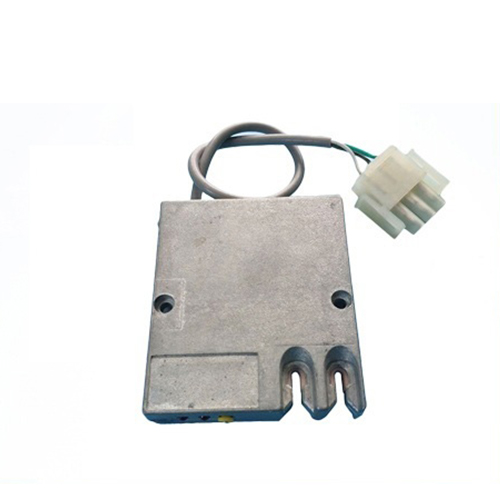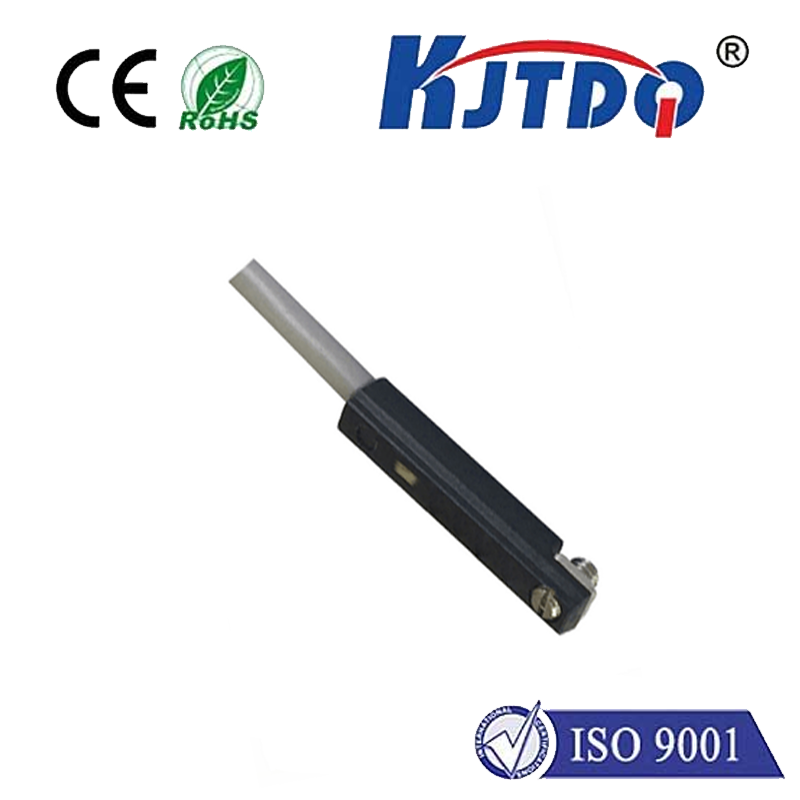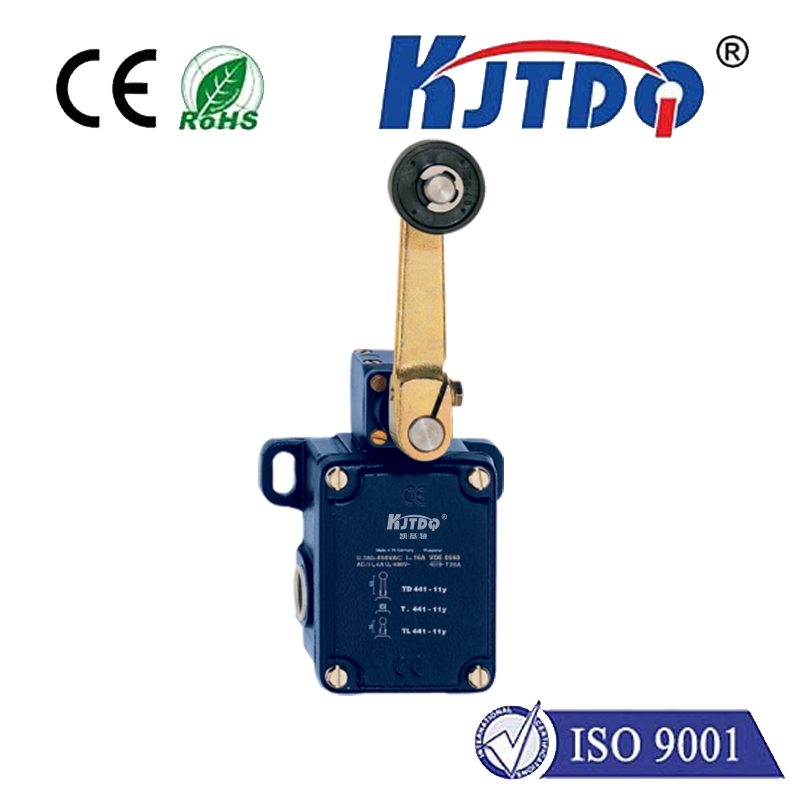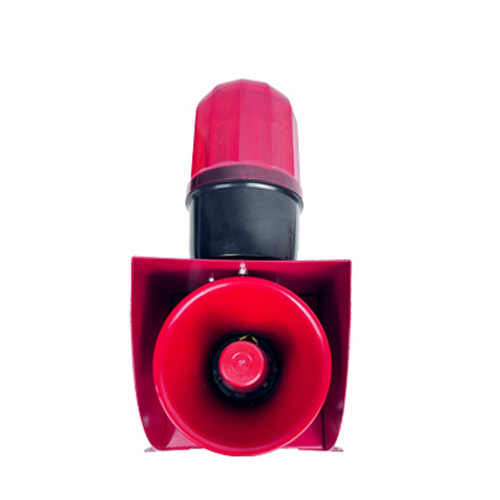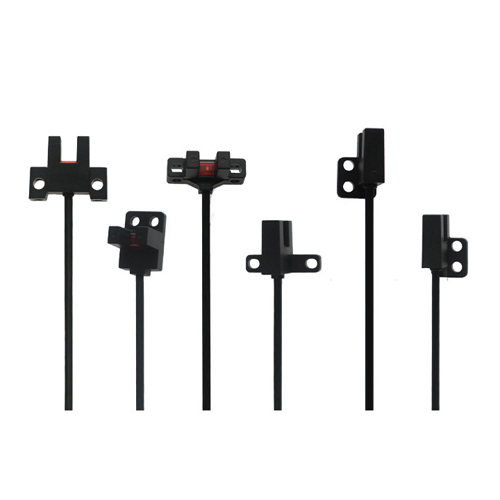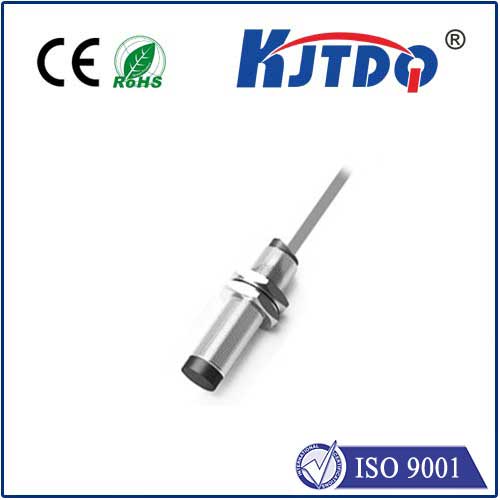precision limit switch micro switch
- time:2025-07-30 14:16:28
- Click:0
Precision Matters: Unlocking Control with the Precision Limit Switch Micro Switch
In the exacting world of automation, robotics, and safety systems, control isn’t just about on and off – it’s about knowing exactly when and where. Achieving this level of certainty hinges on components capable of delivering unwavering accuracy and reliability. This is where the precision limit switch micro switch steps into the spotlight, a vital component engineered to provide the definitive feedback critical for high-performance applications.
While often used interchangeably, it’s essential to understand the distinction. A micro switch is a specific type of snap-action switch characterized by a very small physical size and requiring minimal operating force. Its defining feature is the fast “snap” mechanism, ensuring quick, clean electrical contact transition regardless of the speed of actuator movement. This minimizes arcing and extends contact life.
A limit switch, on the other hand, is a broader category encompassing any switch operated by the motion of a machine part or the presence of an object. Its primary function is to detect position or limit travel. A precision limit switch micro switch, therefore, combines these concepts: it’s a limit switch utilizing a micro switch mechanism specifically designed to offer exceptional accuracy in terms of operating point repeatability, minimal hysteresis, and low operating force sensitivity.
Why Precision is Non-Negotiable

Standard micro switches are incredibly versatile and found in countless everyday devices. However, many industrial and technological applications demand far greater consistency:
- Repeatability: This is king. How consistently does the switch activate at exactly the same point every single time? High-precision micro switches boast incredibly tight tolerances on repeatability, often down to fractions of a millimeter. This is crucial for processes like robotic pick-and-place, CNC machining referencing, or semiconductor manufacturing stages.
- Low Hysteresis: Hysteresis refers to the difference between the point where the switch activates when approached and the point where it deactivates when released. Low hysteresis is critical for applications requiring precise position control both in approach and retraction, ensuring minimal “dead zone” and accurate bidirectional sensing.
- Minimal Pre-Travel and Over-Travel Variability: Pre-travel is the distance the actuator must move before the contacts snap over. Over-travel is the distance the actuator can safely move beyond the operating point. Precision switches control these values tightly, allowing for compact, predictable mechanisms.
- Force Sensitivity: Consistent operation shouldn’t depend heavily on the exact force applied. Precision designs ensure the snap-action occurs reliably within a defined, narrow force range.
- Environmental Stability: Temperature fluctuations, humidity, and minor shocks shouldn’t significantly alter the switch’s operating characteristics. Robust construction and stable materials are key.
The Engineered Heart: Achieving Precision
Manufacturers achieve this level of performance through meticulous design and manufacturing:
- Refined Snap-Action Mechanisms: Enhanced bearing surfaces, optimized spring geometries, and ultra-precise internal component alignment reduce friction and variability within the snap-action.
- Premium Materials: High-grade contact materials (like gold-plated silver alloys) for reliable, low-resistance switching, combined with durable thermoplastics or metal housings.
- Precision Actuators: Roller levers, simulated roller levers, pin plungers, or specialized levers are manufactured to exacting tolerances to reliably transfer motion to the switch mechanism without introducing slop or deflection.
- Rigorous Calibration and Testing: Individual switches often undergo stringent testing to verify operating points, repeatability, hysteresis, and electrical characteristics against tight specifications (e.g., EN 50047 standards).
Where Precision Micro Switches Make the Critical Difference
These specialized components are indispensable in scenarios demanding the highest confidence:
- Robotics & Automation: Ensuring robotic arms stop at the exact programmed position, grippers actuate at the precise moment for part handling, or linear slides achieve repeatable end-of-travel positions. Precision micro switches provide the feedback loop for closed-loop control where needed.
- Medical Equipment: In diagnostic machines, surgical robots, and lab automation, high-accuracy limit switches ensure patient safety and procedural precision. Detecting vial positions in analyzers or end stops in imaging equipment requires absolute reliability.
- Semiconductor Manufacturing: The extreme tolerances in chip fabrication necessitate position sensing with micro-level repeatability on wafer handling robots, lithography stages, and inspection equipment.
- Aerospace & Defense: Avionics controls, landing gear position sensing, and safety-critical mechanisms within missiles or guidance systems rely on switches that must perform flawlessly under harsh conditions. Precision limit switches meet the stringent DO-160 or MIL-SPEC requirements often demanded.
- Precision Machinery: CNC machines, coordinate measuring machines (CMMs), textile machinery, and printing presses use these switches for accurate homing sequences, tool change position verification, and travel limitation with minimal error.
Beyond the Basics: Key Considerations
When selecting a precision limit switch micro switch, engineers must look beyond the datasheet basics:
- Electrical Rating: Match voltage (AC/DC) and current (resistive/inductive) requirements accurately.
- Environmental Protection (IP Rating): Crucial for resistance to dust, moisture, or washdowns. IP67 is common for demanding environments.
- Actuator Type: Choose the optimal actuator (roller lever, pin plunger, etc.) for the specific motion and object being detected.
- Mounting & Form Factor: Ensure the switch physically fits and can be securely mounted in the available space.
- Life Expectancy: Precision doesn’t negate durability. Specify the required mechanical and electrical endurance cycles.
The Unseen Custodian of Accuracy
The precision limit switch micro switch operates quietly, often unseen, within the intricate dance of modern automation. Yet, its role is fundamental. It is the reliable sentinel at the boundary, the unwavering reference point, the guarantor of positional certainty. In applications where millimeters – or even microns – translate to success or failure, quality, or defect, the investment in a true precision micro switch designed for limit sensing isn’t just prudent; it’s essential engineering. By delivering consistent, accurate feedback at the critical moment, this specialized component remains a cornerstone of control and reliability in an increasingly demanding technological landscape.






